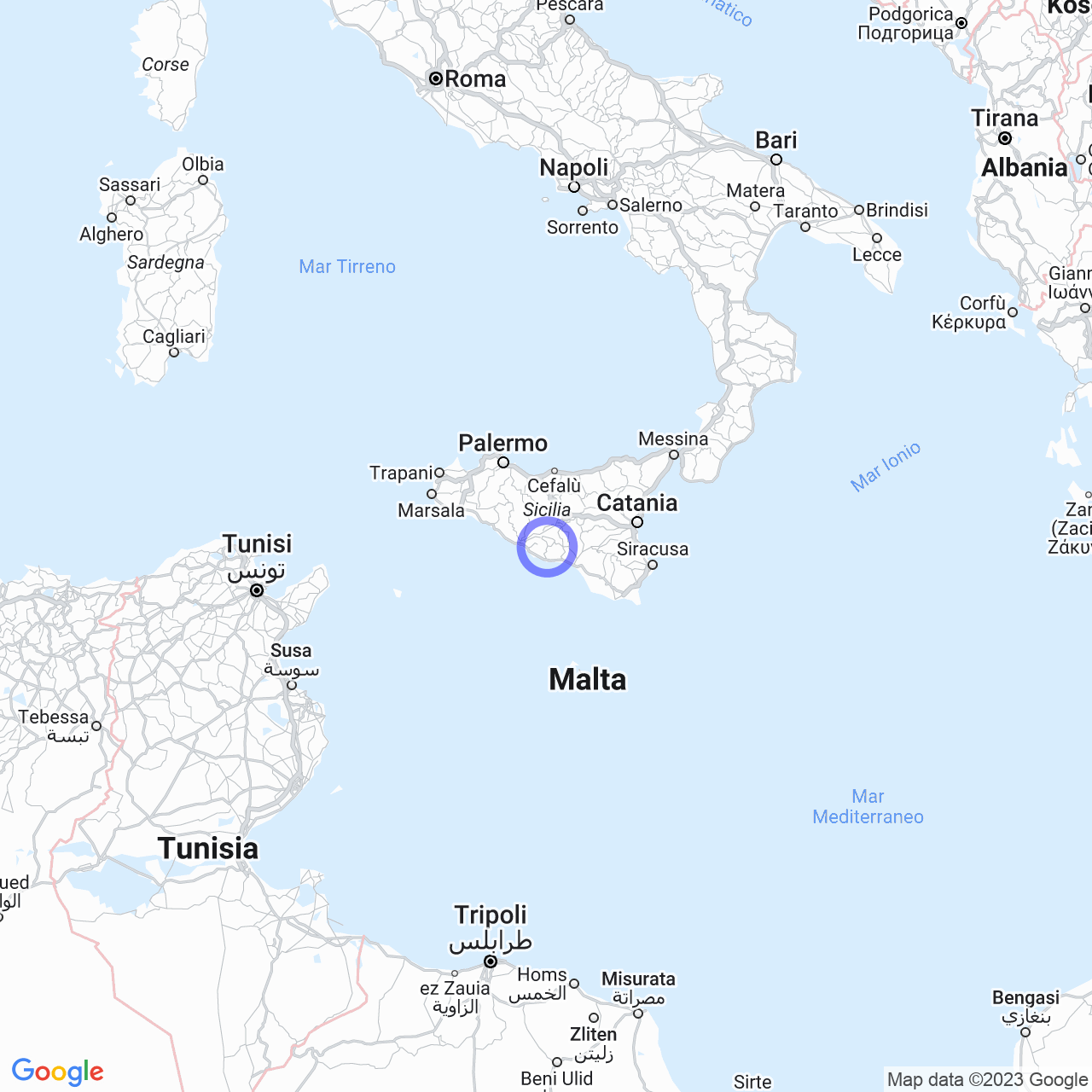Campobello di Licata
Welcome to Campobello di Licata, a hillside town full of history and culture
Campobello di Licata is a hillside town located in the province of Agrigento in Sicily. With its 9020 inhabitants, it is famous for its Baroque architecture and historic monuments that tell its culture and history. In this article, we will talk about the physical geography of the territory, its history, its symbols, and the places of interest that are definitely worth a visit.
Physical geography

Territory
Located on a plateau in the Salso River valley, Campobello di Licata extends over an area of about 80 km² and is 316 meters above sea level. The town borders Ravanusa, Naro, and Licata, and its resident population is 9,616. It is 51 km away from the provincial capital.
Its borders are delimited to the west by the Canal stream and to the east by the Milici stream. In addition, Campobello di Licata is only 4 km away from Ravanusa.
History
Contemporary epoch
Campobello di Licata, thanks in large part to Mayor Salvatore Ciotta, was the center of important public works at the end of the 19th century, such as the construction of drinking fountains, a library, a municipal band, classrooms, oil lighting, the façade of the mother church, the town clock, sidewalks, the cemetery, and the municipal villa.
Since 1980, on the initiative of Mayor Calogero Gueli, a great restructuring of the town center began in Campobello di Licata, which led to the creation of monuments by Argentine artist Silvio Benedetto, and services and structures of a modern town with a coherent and stylistically unified vision.
Symbols
The coat of arms and banner of the municipality of Campobello di Licata were granted by royal decree on .
Monuments and places of interest
Religious architecture
Campobello di Licata is a city that developed mainly during the Baroque period, and many of its monuments date back to this era. The Church of San Giovanni Battista (or Sanctuary of Our Lady of Help), commissioned by the Baron Raimondo Raimondetta San Martino and completed in 1681, is the main church of the town. Its Baroque style is charming and enchanting.
Another church of interest is the Church of the Addolorata from the 18th century, located at the end of Umberto I street.
Civil architecture
Among the civil architecture, the Municipal Palace stands out for its façade frescoed by master Silvio Benedetto with episodes of peasant life. Facing Piazza XX Settembre, it was built in 1650 and adapted in the 20th century to house municipal offices.
The Ducal Palace, located between Via Roma and Via Umberto, is the only example of civil Baroque architecture in the town. Dating back to the 17th century, it is famous for its frescoed interiors.
Palazzo Bella, on Via Umberto I, is another example of 18th-century architecture and is known for the rooms frescoed by painter Olivio Sozzi.
Palazzo La Lomia, located between Piazza XX Settembre and Via Vittorio Emanuele, was built in 1750 in neoclassical style.
Palazzo Buffone, built to be a manor residence, overlooks Via Roma, in the historical center of the town.
Palazzo Sillitti, located on Via Umberto, dates back to 1755 and is one of the noble palaces that are located in the heart of the town.
Palazzo Lopez, on Progresso street and Garibaldi street, was built around 1850.
Finally, the Ex-Hospital Palace was built in 1833 and is located between Sammarco street and Trieste street.
Other
The Canal Fountain, built by the Baron of Campobello around 1650, is one of the oldest masonry works in the entire city. In 1981, it was restored by Silvio Benedetto and in 2020 it was further improved in terms of appearance and lighting.
Conclusion
We hope that this tour has made you discover the fascinating municipality of Campobello di Licata, full of culture, history, and monuments to visit. Among its religious Baroque style architecture and various civil architecture, Campobello di Licata will certainly surprise you. Finally, do not miss the Canal Fountain, a masonry work so ancient that it is a true treasure of the city.
